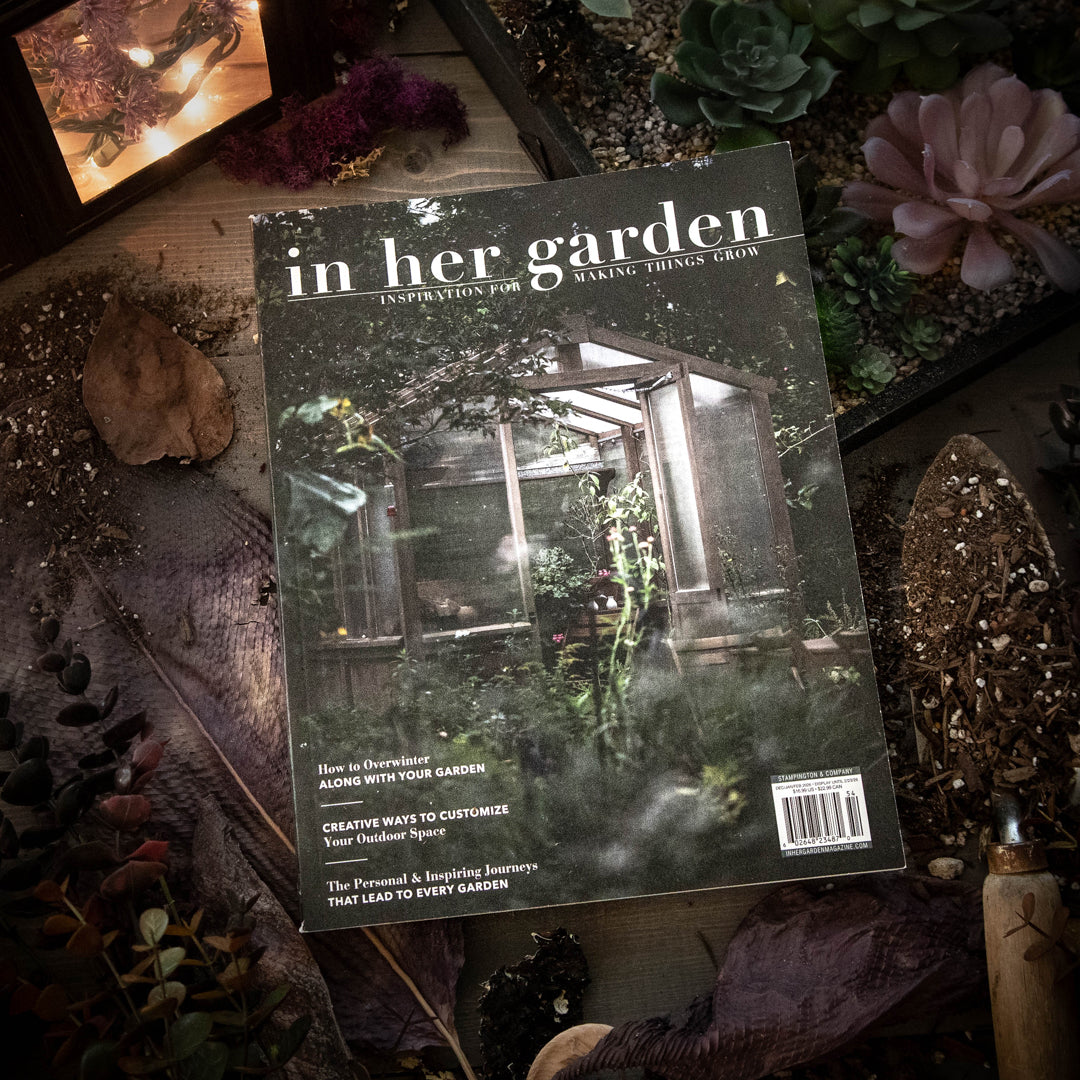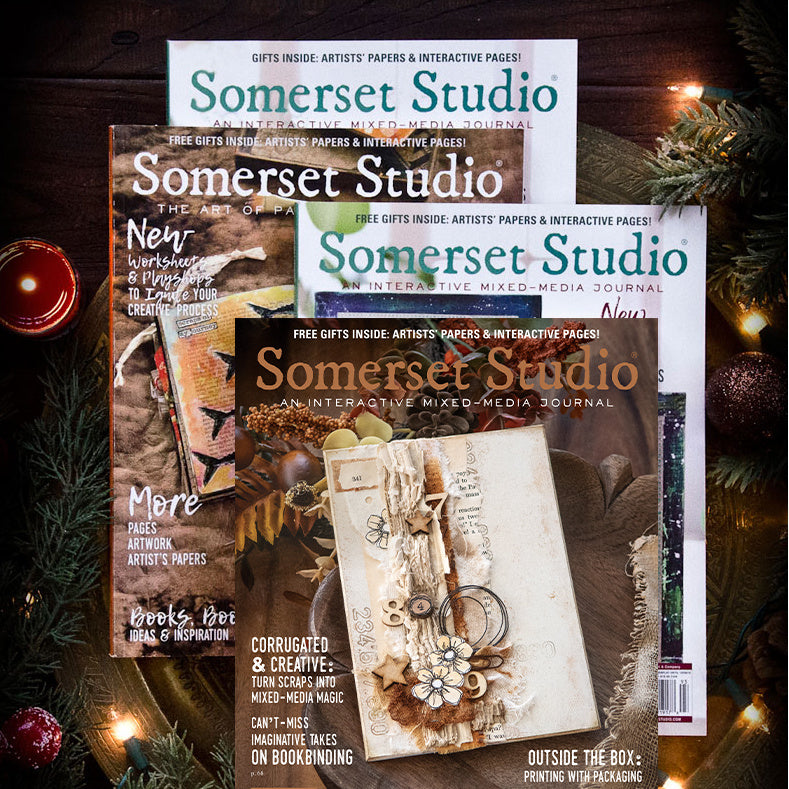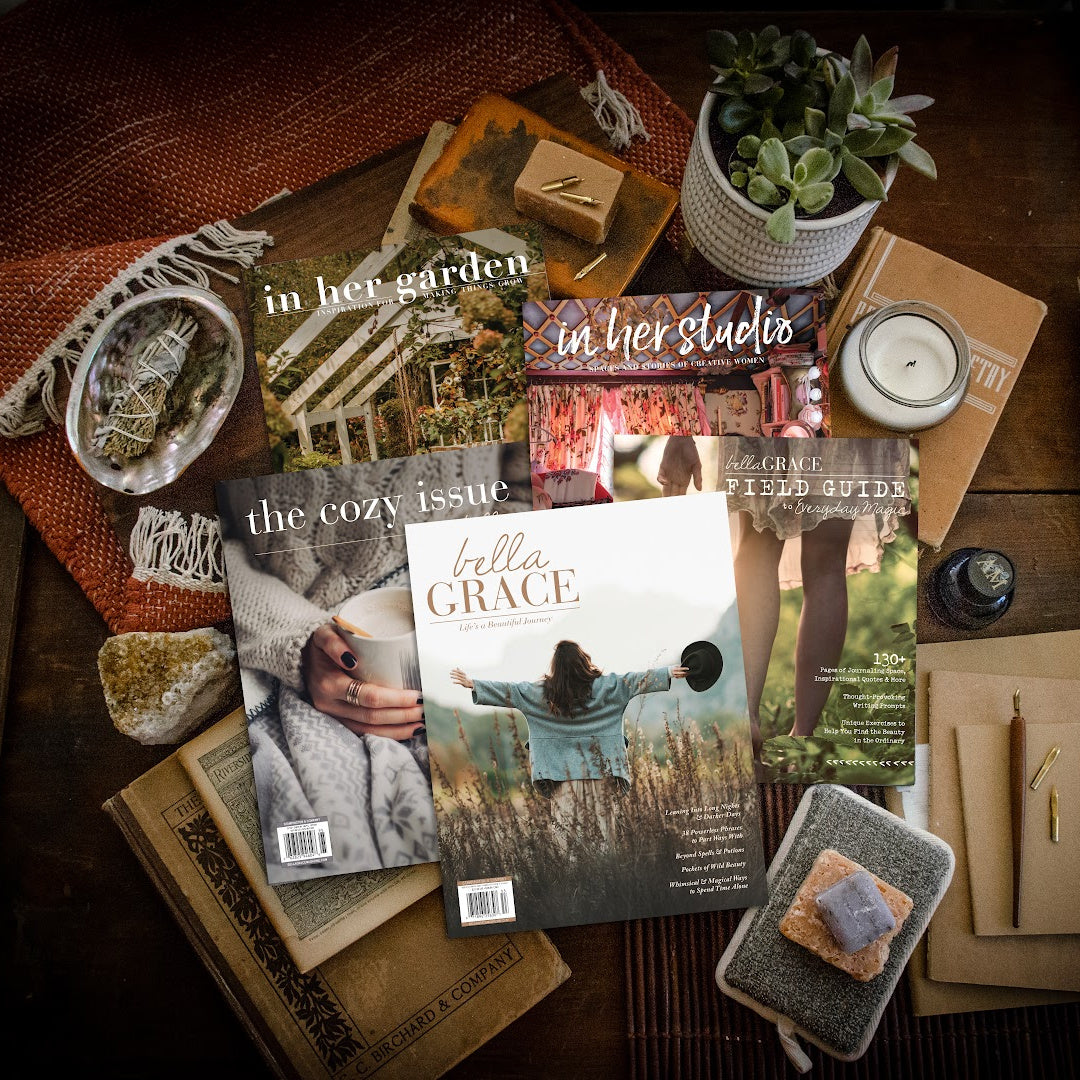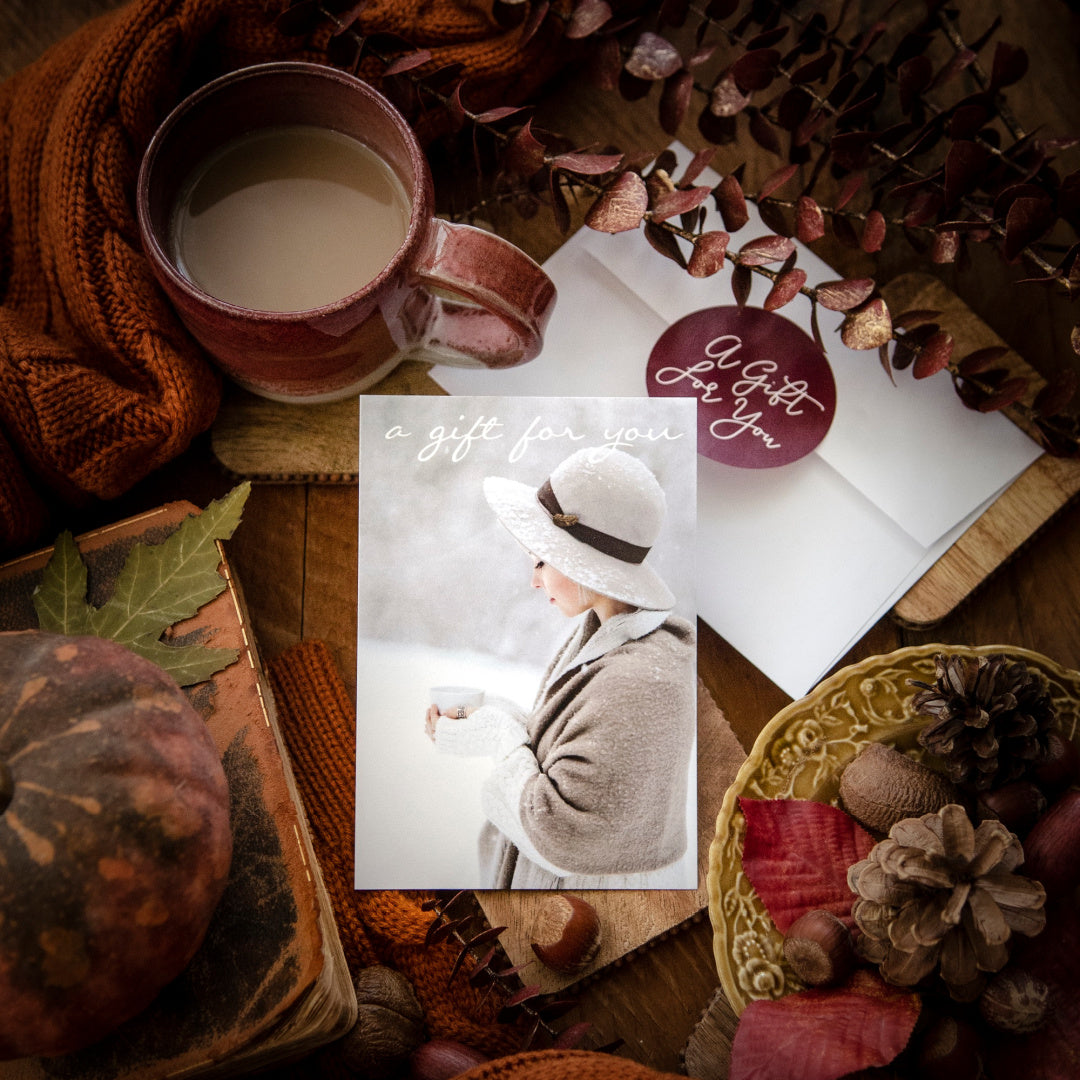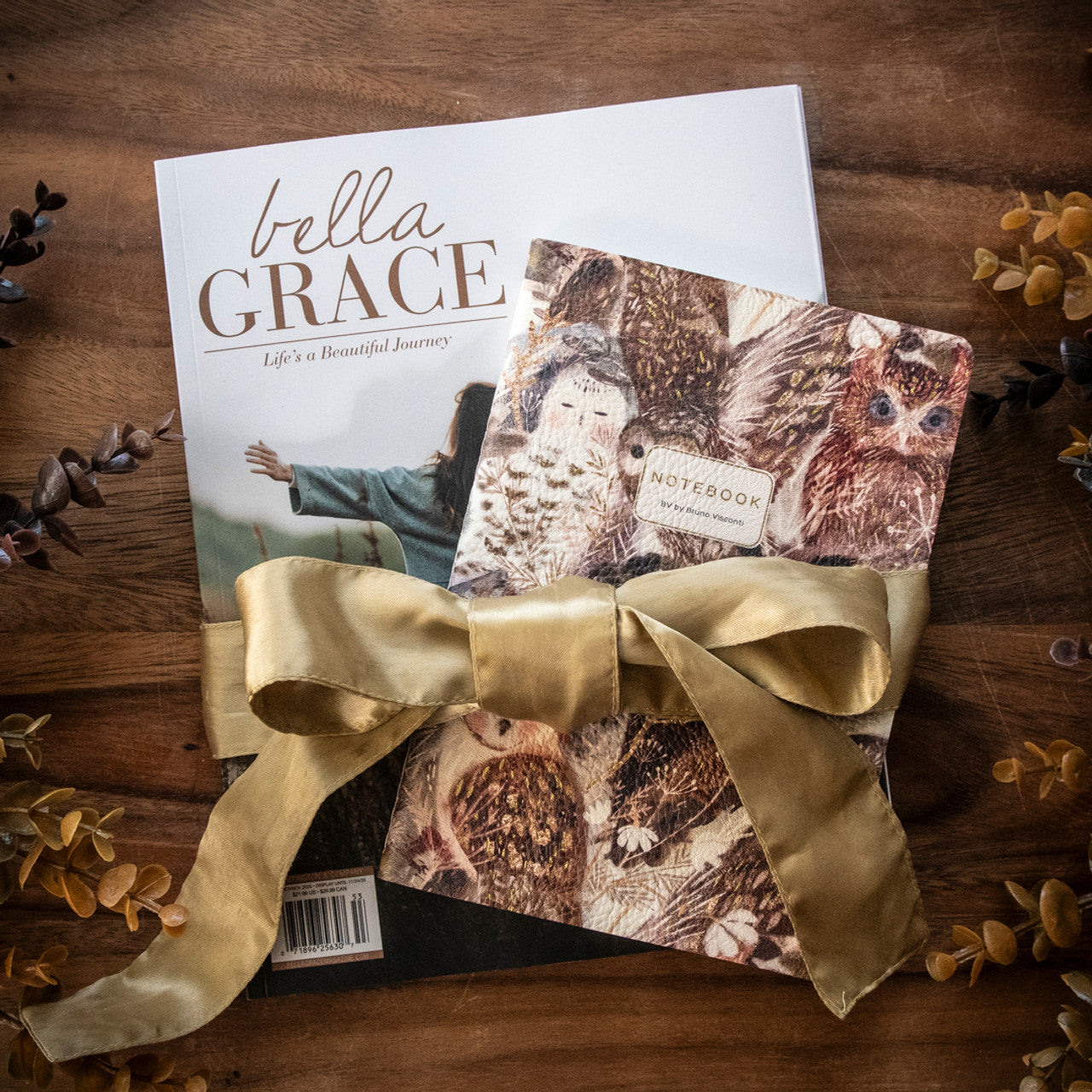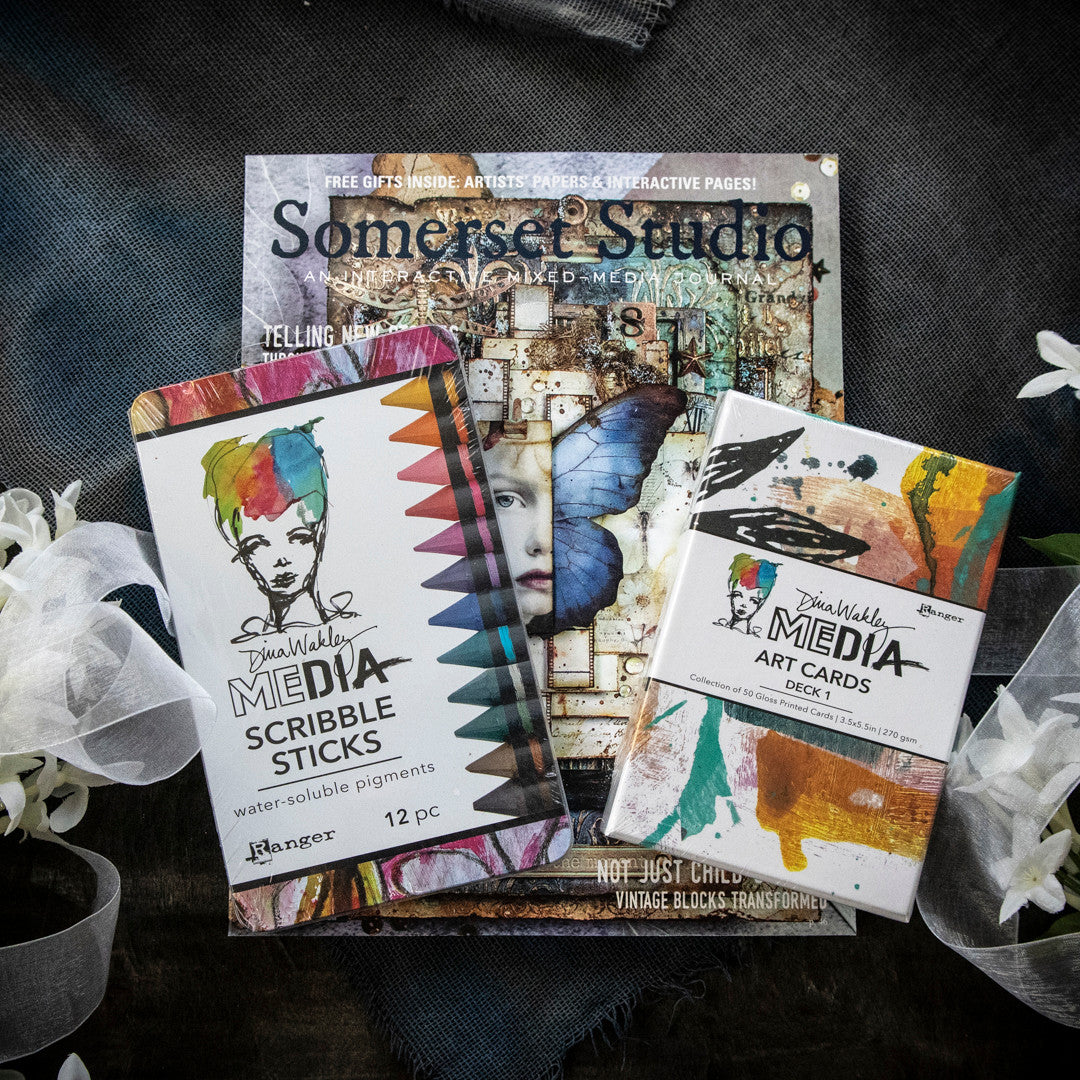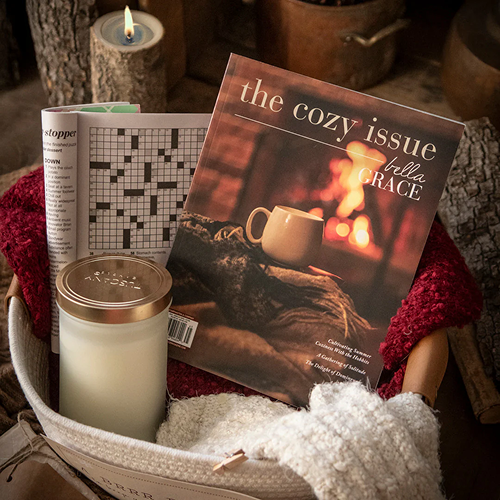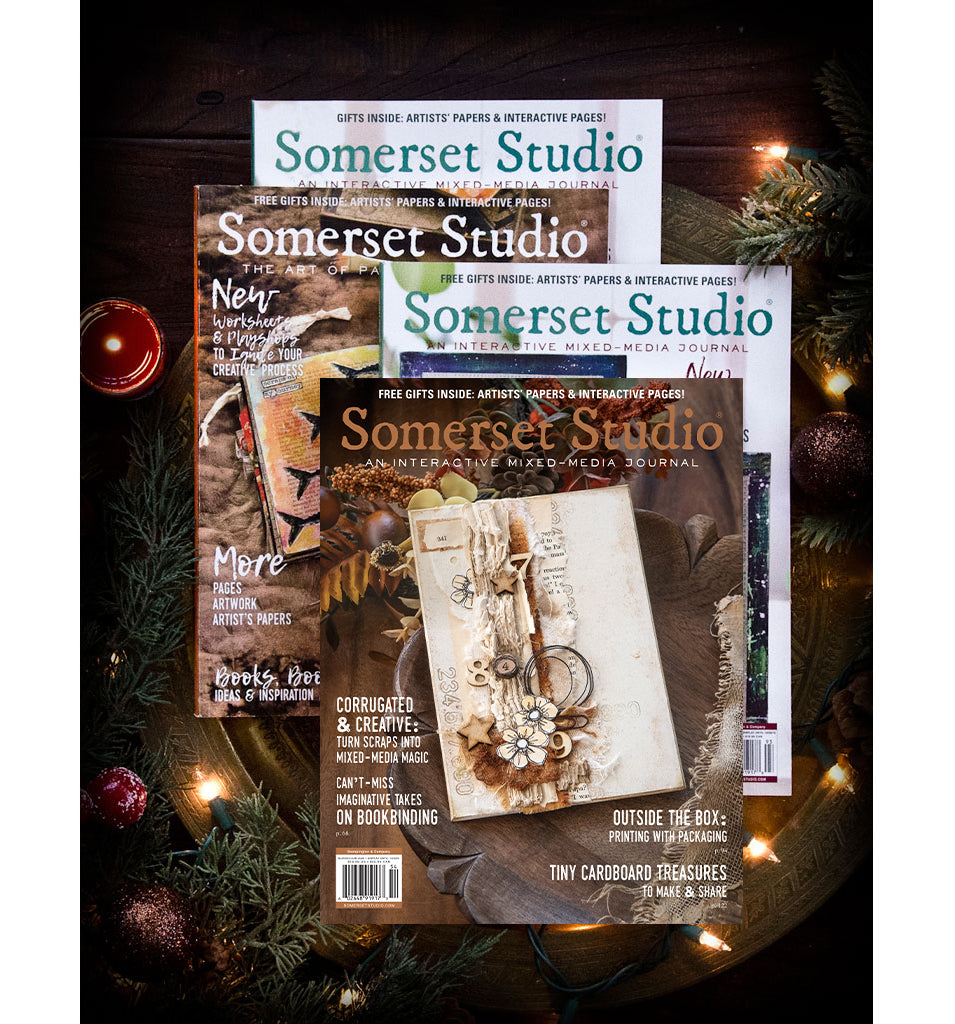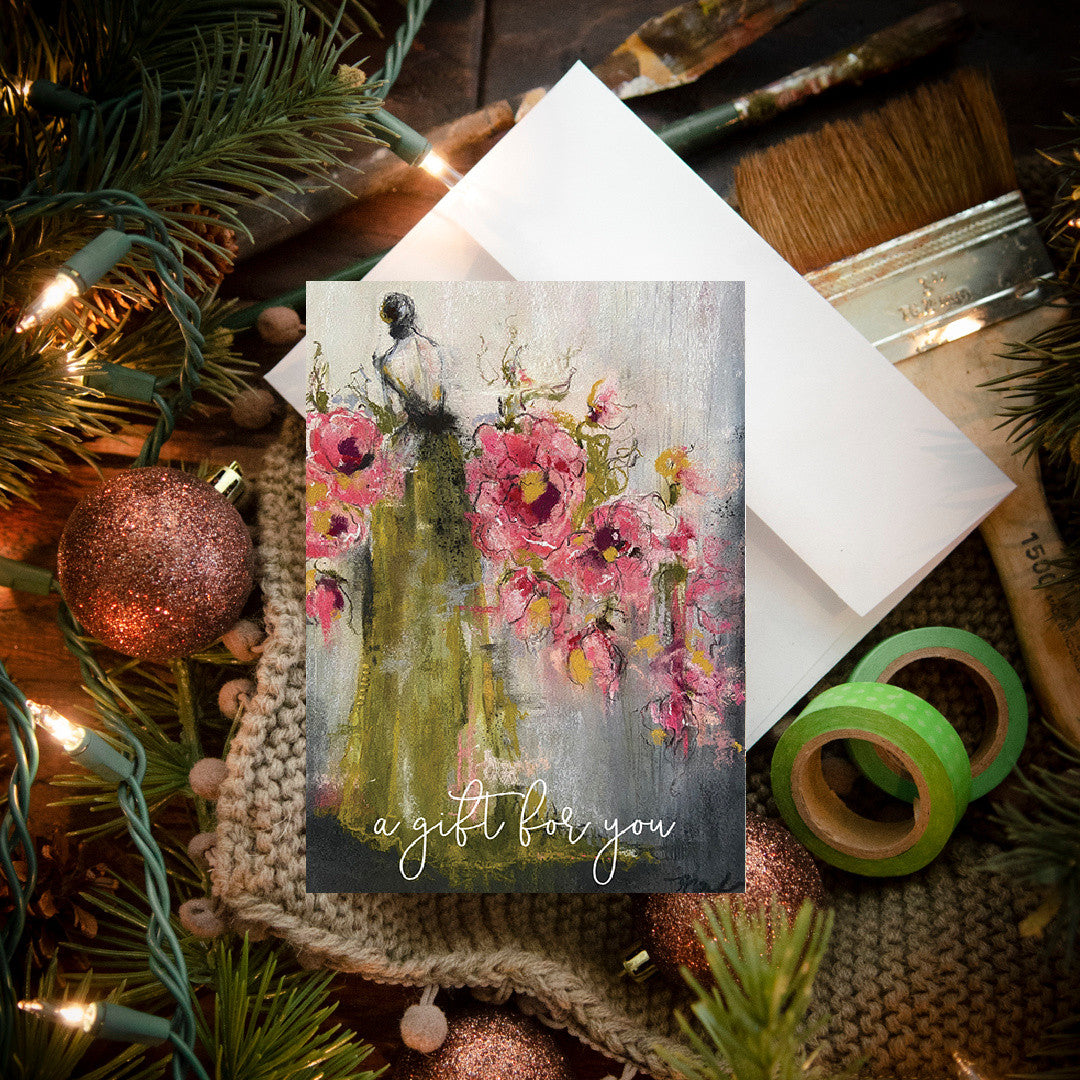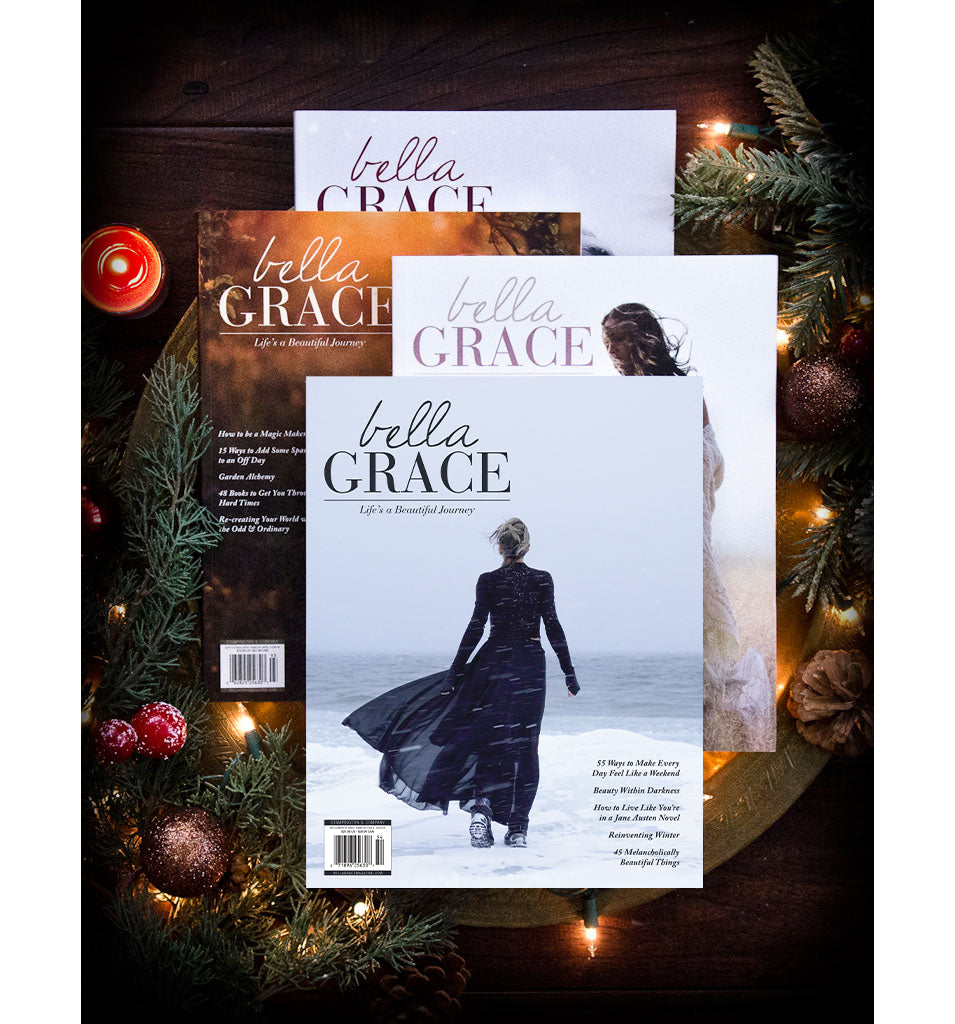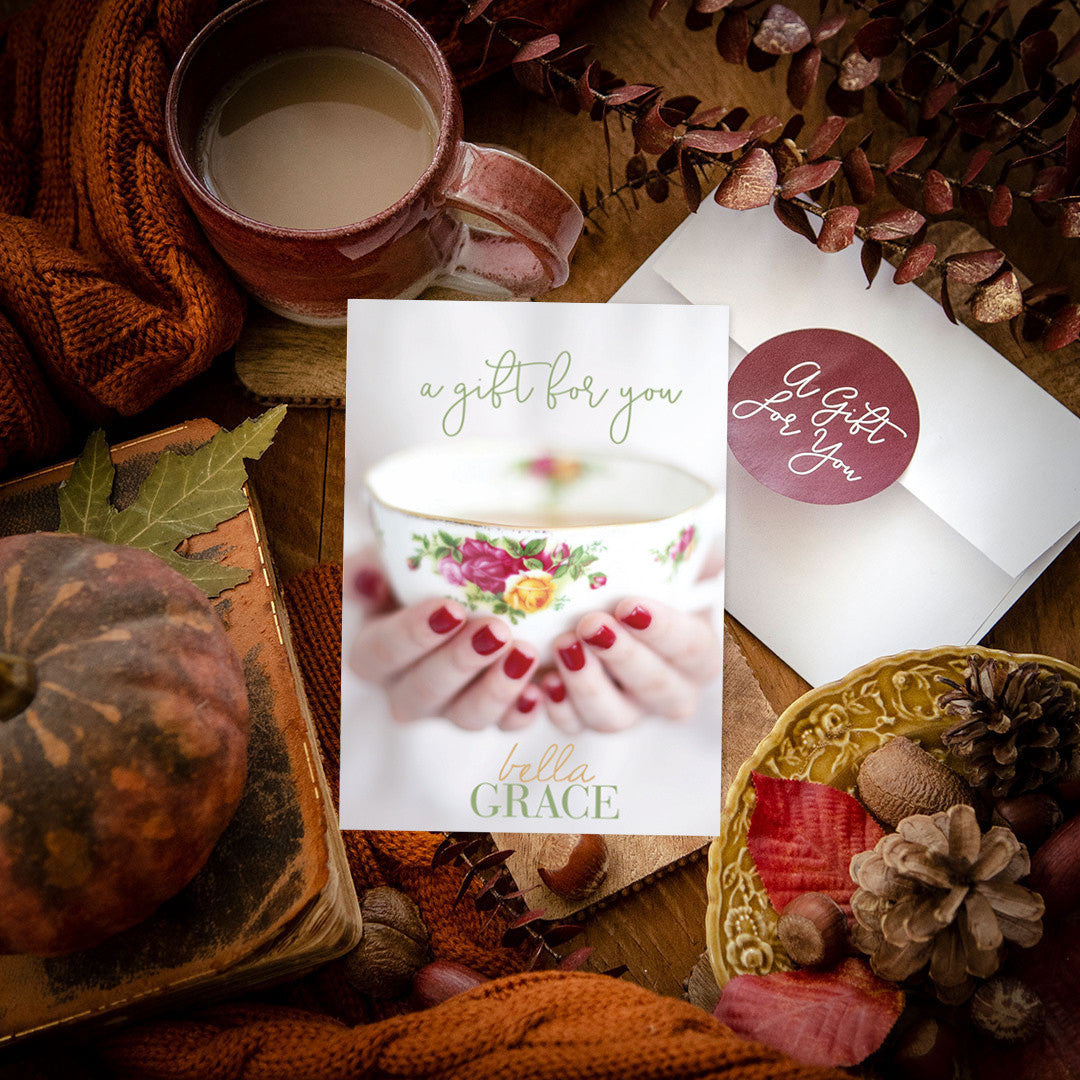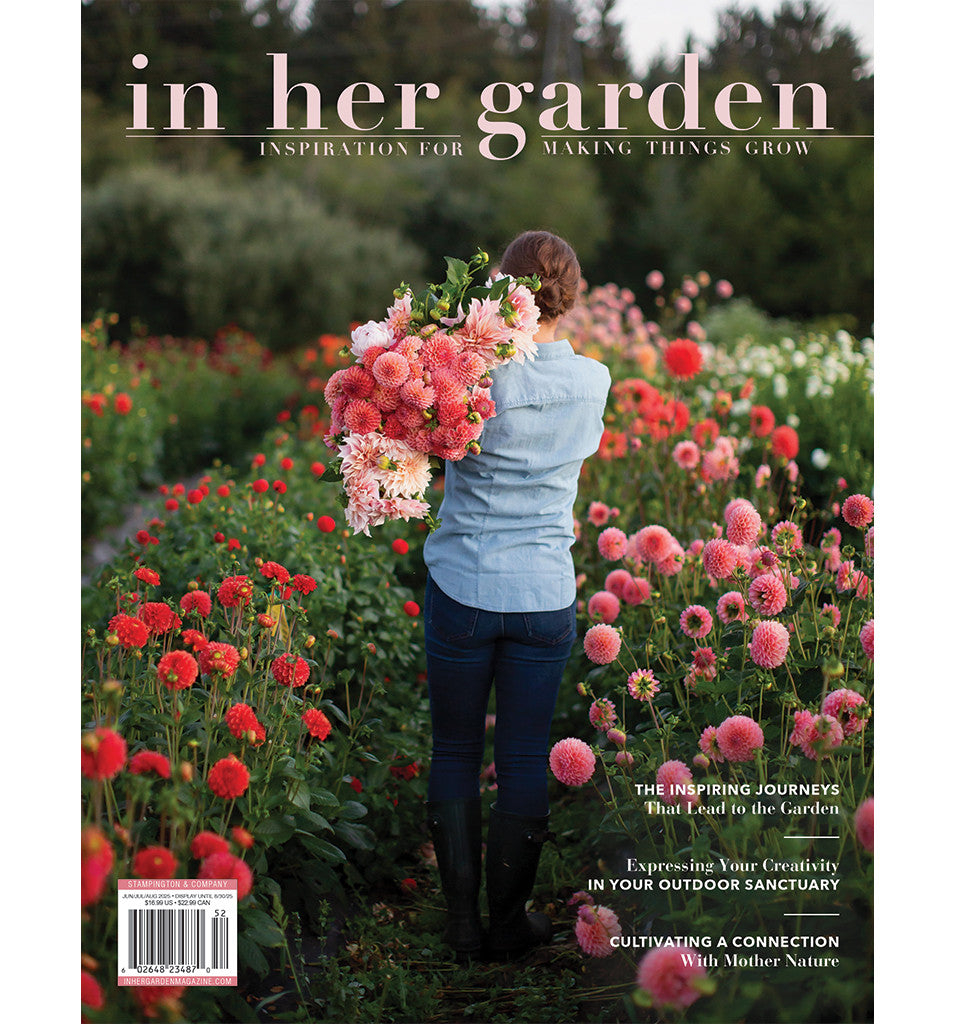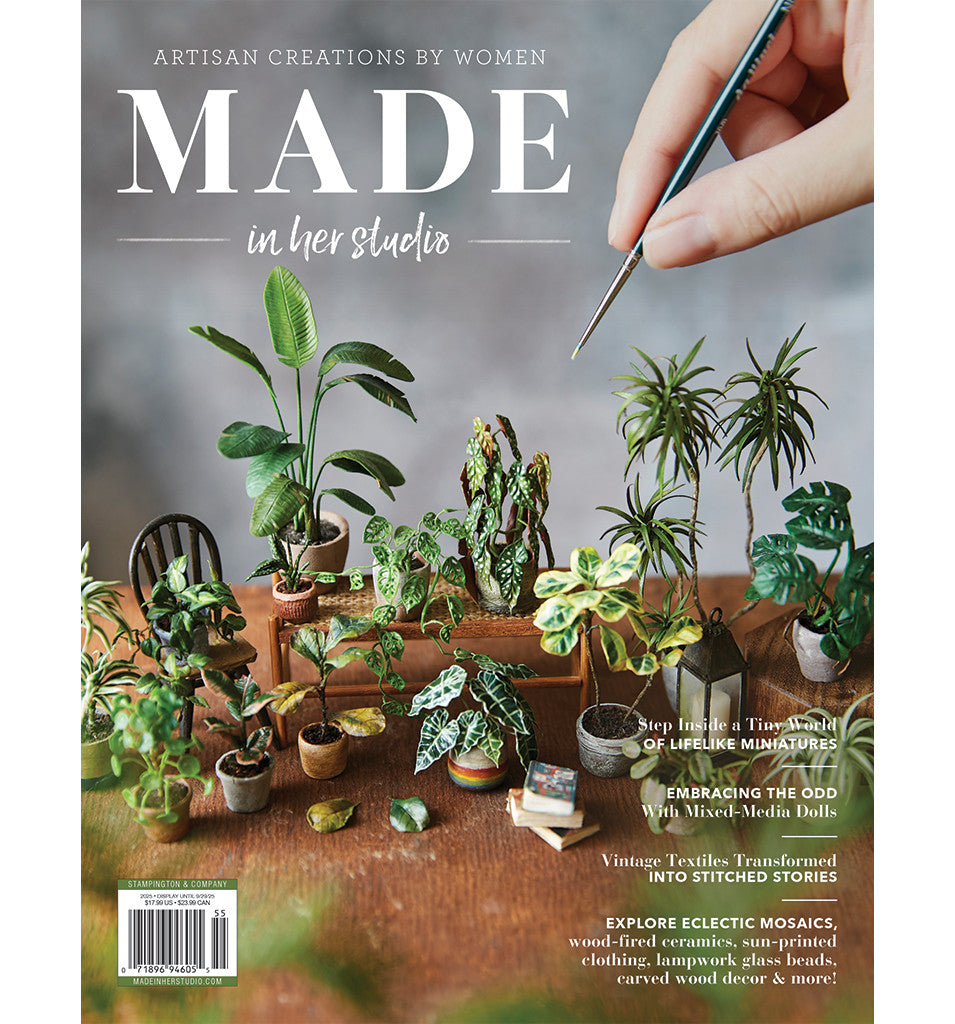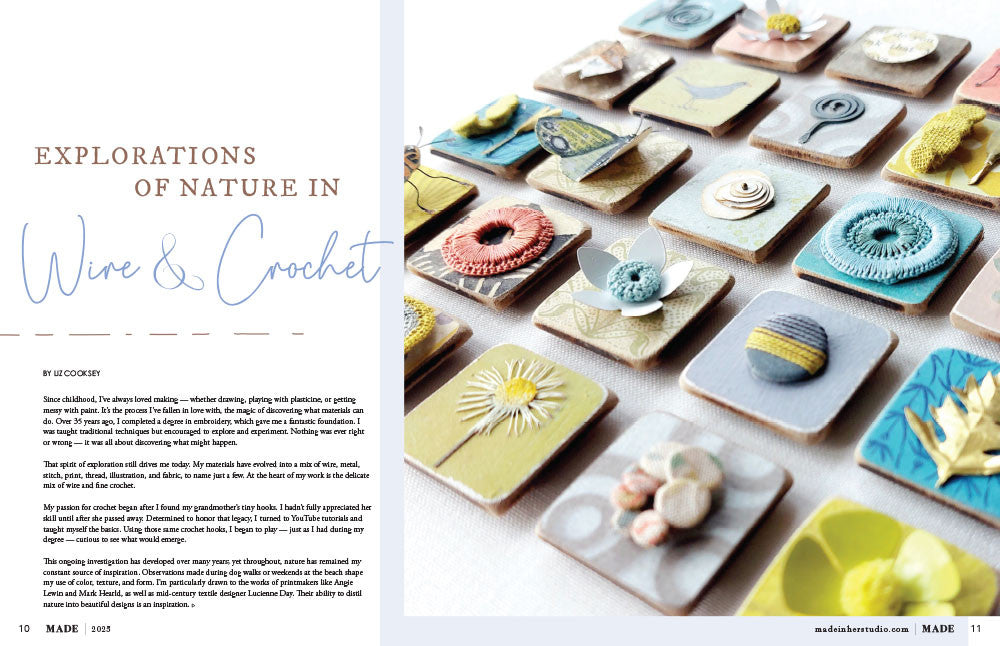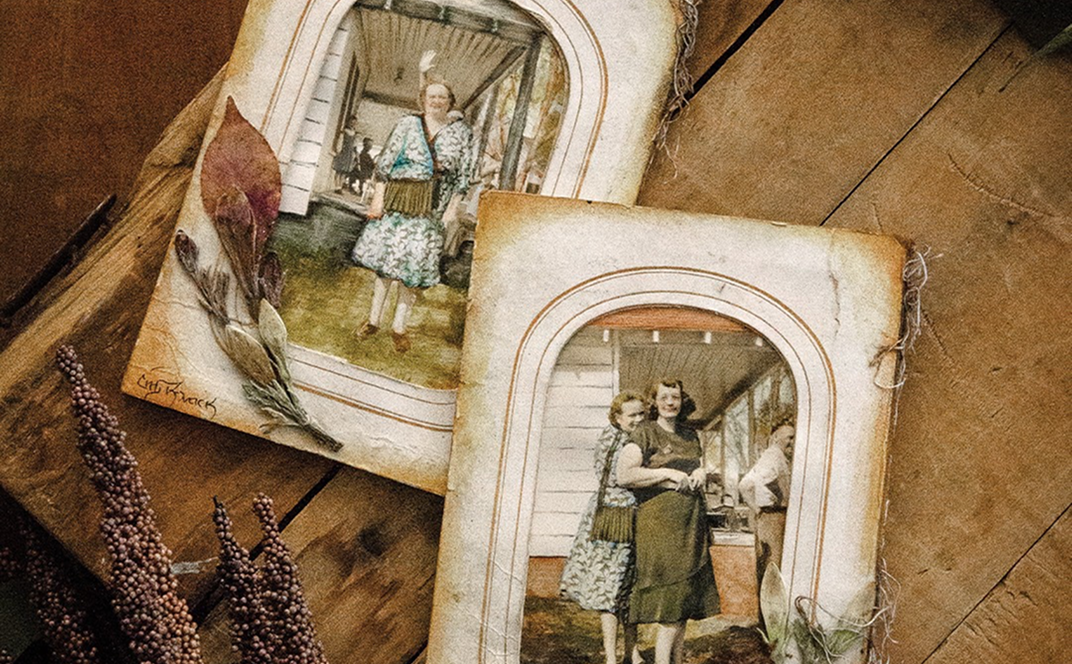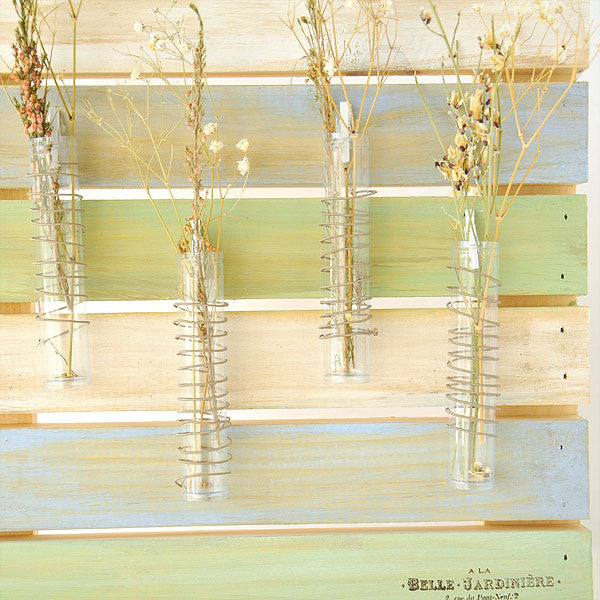
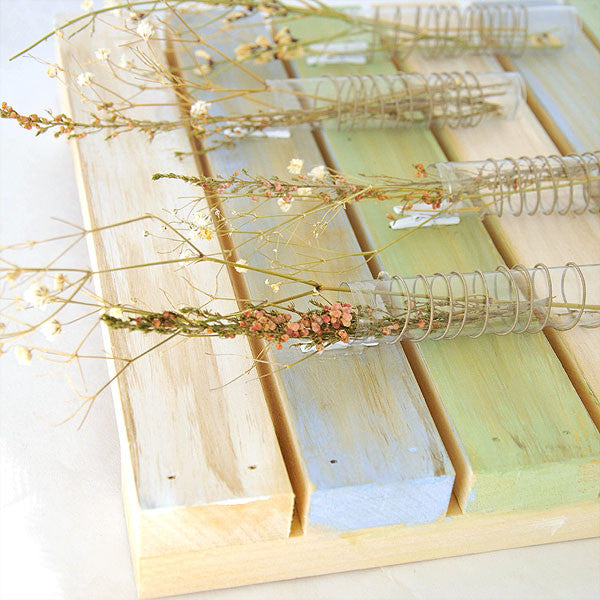
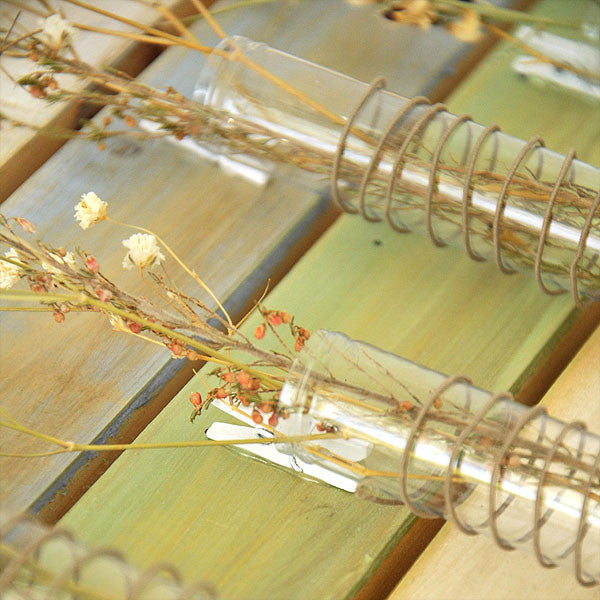

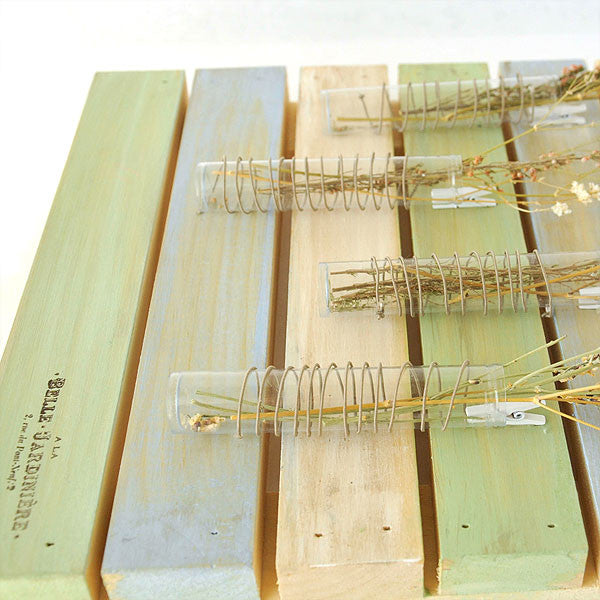
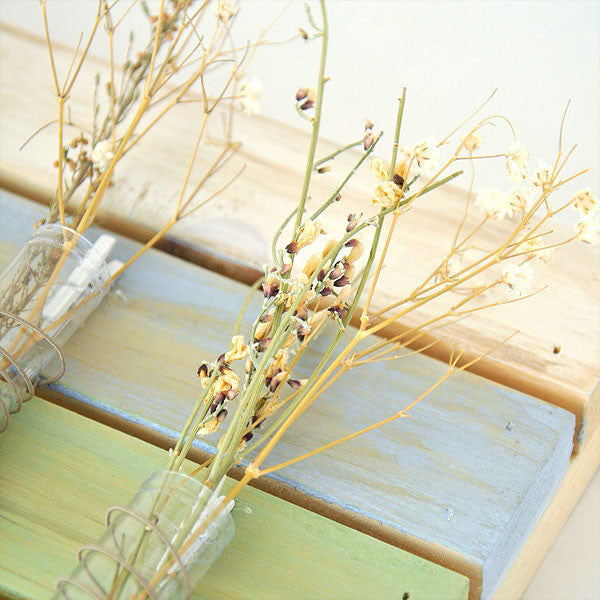
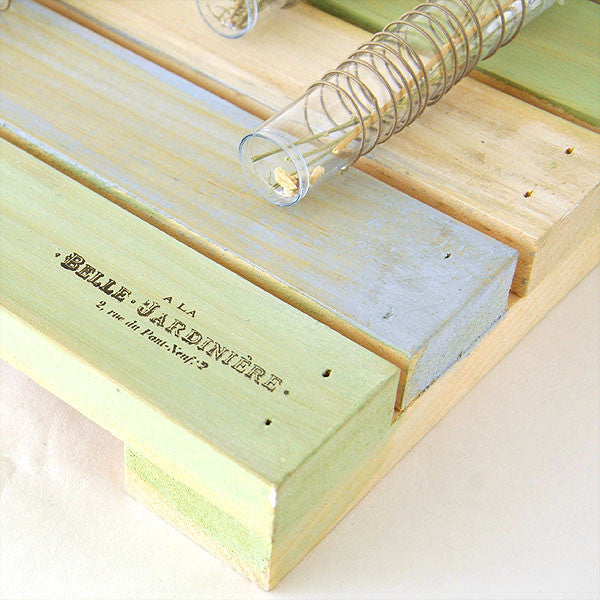
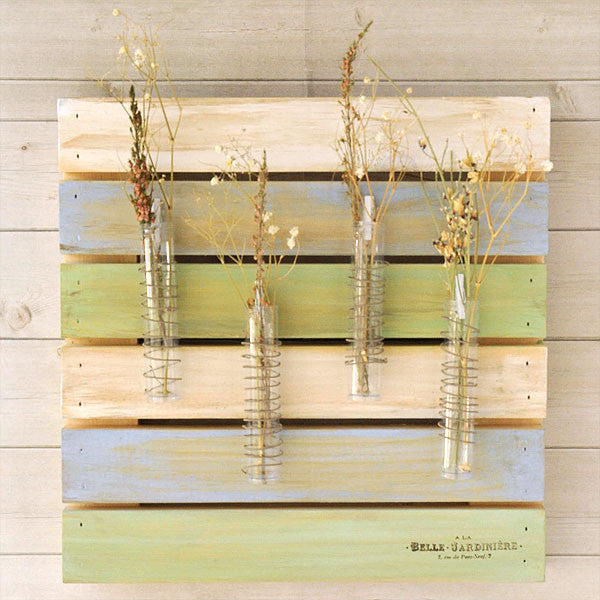
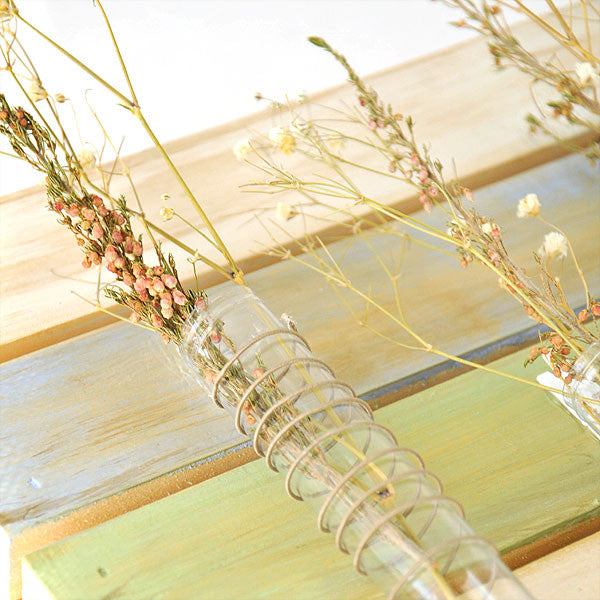
Belle Jardinière Painted Pallet Project
I was excited at the opportunity to use Milk Paint, but I wasn’t sure what to expect because I had never used it before. And while it works on most any porous surface, I chose wood — one of my favorite substrates to work with.
I learned early on that it is crucial to make sure the measurements are accurate — the 1:1 ratio between paint and water needs to be spot on. Too much or too little of either made the consistency of the paint either too thick or too runny. I mixed 2 tablespoons of water to 2 tablespoons of milk paint for each color, although for this project, 1 tablespoon would have been plenty.
Belle Jardinière Painted Pallet Instructions:
First, mix 1 part water and 1 part paint in a bowl. There are two easy ways to prevent clumping: by using a small flour sifter and a large spoon, or by slowly adding the paint to the water and mixing it with a small whisk. Either of these methods will work. Mixing the milk paint takes a few minutes, so be patient. Know that the reward will be well worth it — you will be left with a rich, creamy texture that will go on smoothly. Don’t worry if there are a few clumps left behind. They will break down once you apply the paint to your surface.
Dry brush the milk paint onto the pallet using a foam brush; apply a bit of pressure to break up any clumps in the paint. Add a couple of coats of paint, and let it dry completely before adding more. The paint will dry a lot thicker than it first appears. I added a little too much, and decided to lightly sand some of the paint away so that the wood background would show through.
After painting my boards in alternating shades of green and blue milk paint, I decided to add a new color for a bit more contrast. I used white gesso, but you could also do this with white milk paint.
I wanted to add a light, distressed look to the pallet, so I mixed brown paint with matte gel medium, and dry brushed a very light layer over each section. If you add too much, simply wipe away the excess with a damp paper towel or a baby wipe. Once you’re done, let the entire surface dry.
Next, carefully adhere white mini-clothespins to the pallet using hot glue. When the glue is dry, wrap storage tubes with wire thread and attach to the pallet using the clothespins. As a final touch, stamp a sentiment on the bottom right hand corner using permanent brown ink.
In order to display your mixed-media pallet, attach a simple picture hanger to the back of it and hang it on the wall. Finally, fill the tubes with delicate flowers — they can be dry or fresh.
| You will also ? these publications: | |||
Free Shipping on Subscriptions
Easy 60 Day Returns
Friendly Customer
Support











Belle Jardinière Painted Pallet Project
Frequently asked questions
Looking for a quick answer? Here are some of our customer’s most frequently asked questions to help you along the way.
Thanks for your interest in our magazines! We encourage you to visit our Calls & Challenges page to see what our editors are looking for.
Ready to begin? Here is where you can find our Submission Guidelines.
Our subscriptions ship directly from our printer in Wisconsin. For this reason, we need to be notified of your change of address at least two months before the next issue comes out, or it will be sent to the address we had on file and provided to our printer at the time it was due.
How to Notify Us About Your Change of Address
- Email the following to customerservice@stampington.com:
- The publication(s) you subscribe to
- Your name and new address
- Your old address
2. Call to inform us of your new mailing address:
- Toll-Free: 1-877-782-6737 or International: 1-949-380-7318
Mail Forwarded by the Post Office
If you forward mail to your new address through the Post Office, it won't apply to periodicals/your magazine subscription unfortunately. Also, since mail forwarding only lasts for a short time-frame, we request that you still notify us of your address change to prevent any service interruption to your subscription.
Stampington & Company cannot be held responsible for replacing "lost" issues from your subscription, if we did not receive your change of address request at least two months prior to your next issue's release date.
Subscription issues should arrive within the first week of the month your publication is released. Please add up to two weeks for international delivery.
If your magazine has not arrived by the 20th of the month, please contact our customer service department, so we can check to make sure nothing is amiss with your subscription, and see if you're eligible for a replacement copy. International subscribers can receive a digital version of the magazine as a replacement if one attempt has already been made to deliver the print edition to you.
Stampington & Company cannot be held responsible for postal delays or circumstances outside of our control, but we will make every effort to make it right.
We offer FREE shipping on all magazine subscriptions and instant download purchases to our customers. You can also take advantage of free U.S. shipping on select pre-orders of your favorite magazines (discounted International rates will apply). Browse our selection of Pre-Orders With Free U.S. Shipping here.
What are my shipping charges?
Shipping charges are calculated by weight, shipping destination, and speed. You will be able to choose the best delivery method for your needs at checkout.
To help keep your costs down, we offer a discounted rate of $5.95 to ship a single magazine to you (within the United States).
Need your order fast? We offer the following expedited shipping options:
- 3-day delivery
- 2-day delivery
*Please contact us if you have any questions or special instructions regarding your rush order.
What Carriers do You Use to Ship Items?


